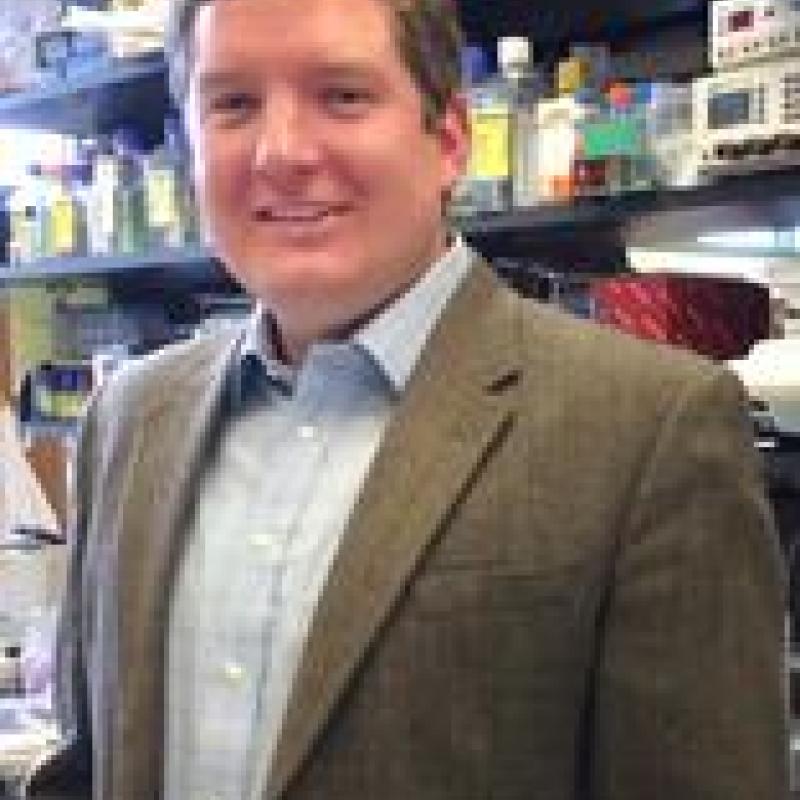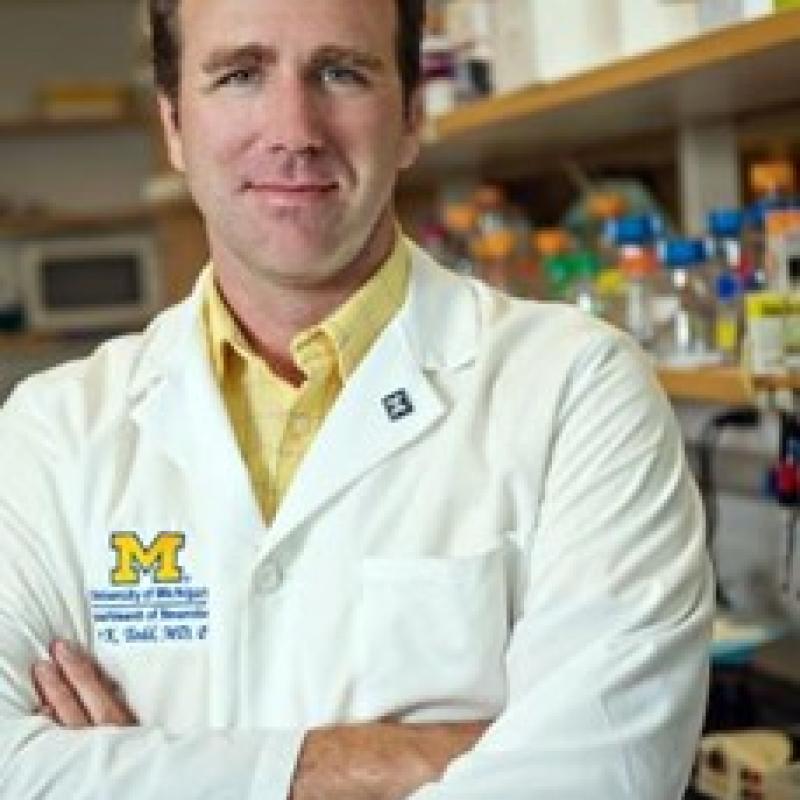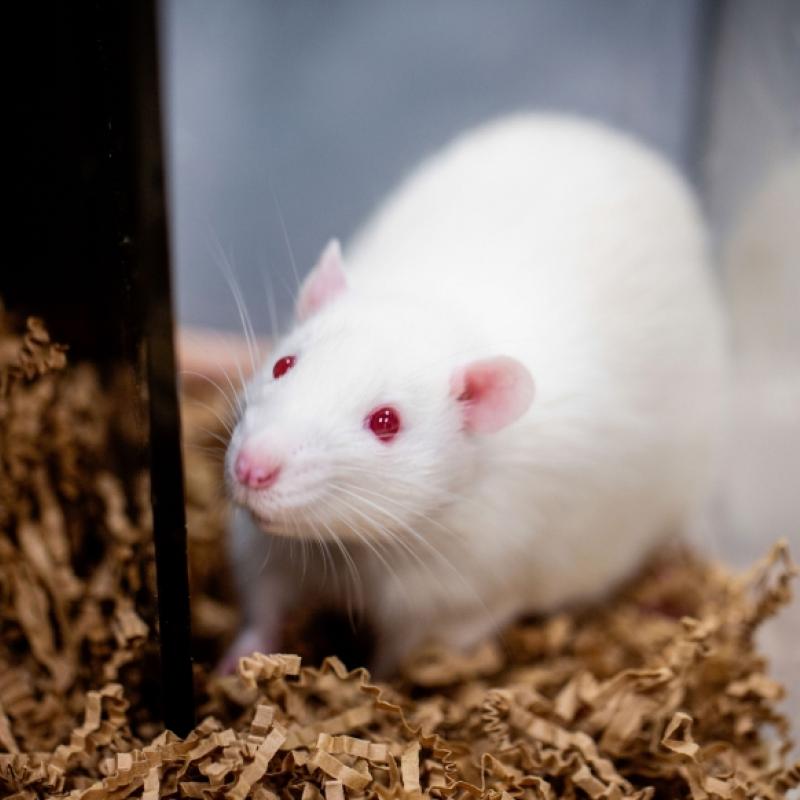DEPARTMENT OF HUMAN GENETICS MISSION STATEMENT
The Department of Human Genetics at the University of Michigan Medical School is devoted to advancing the fields of genetics and genomics to further our understanding of biology and human disease. This mission is accomplished by: (1) generating knowledge through our research programs; and (2) providing mentored training in genetics to the next generation of scientists and clinicians. These goals are pursued with close attention to building a healthy and productive departmental community and to increasing inclusion, equity, and diversity in all areas.
Our faculty explore broad areas of genetic research including—but not limited to—genome structure and function, evolutionary and population genetics, developmental genetics, the molecular basis of Mendelian disease, the etiology of complex traits and diseases, and how to effectively interpret and communicate genetic information to improve care in diverse patient populations. We invite you to find out more about our faculty, students, graduate programs, courses, and events.






